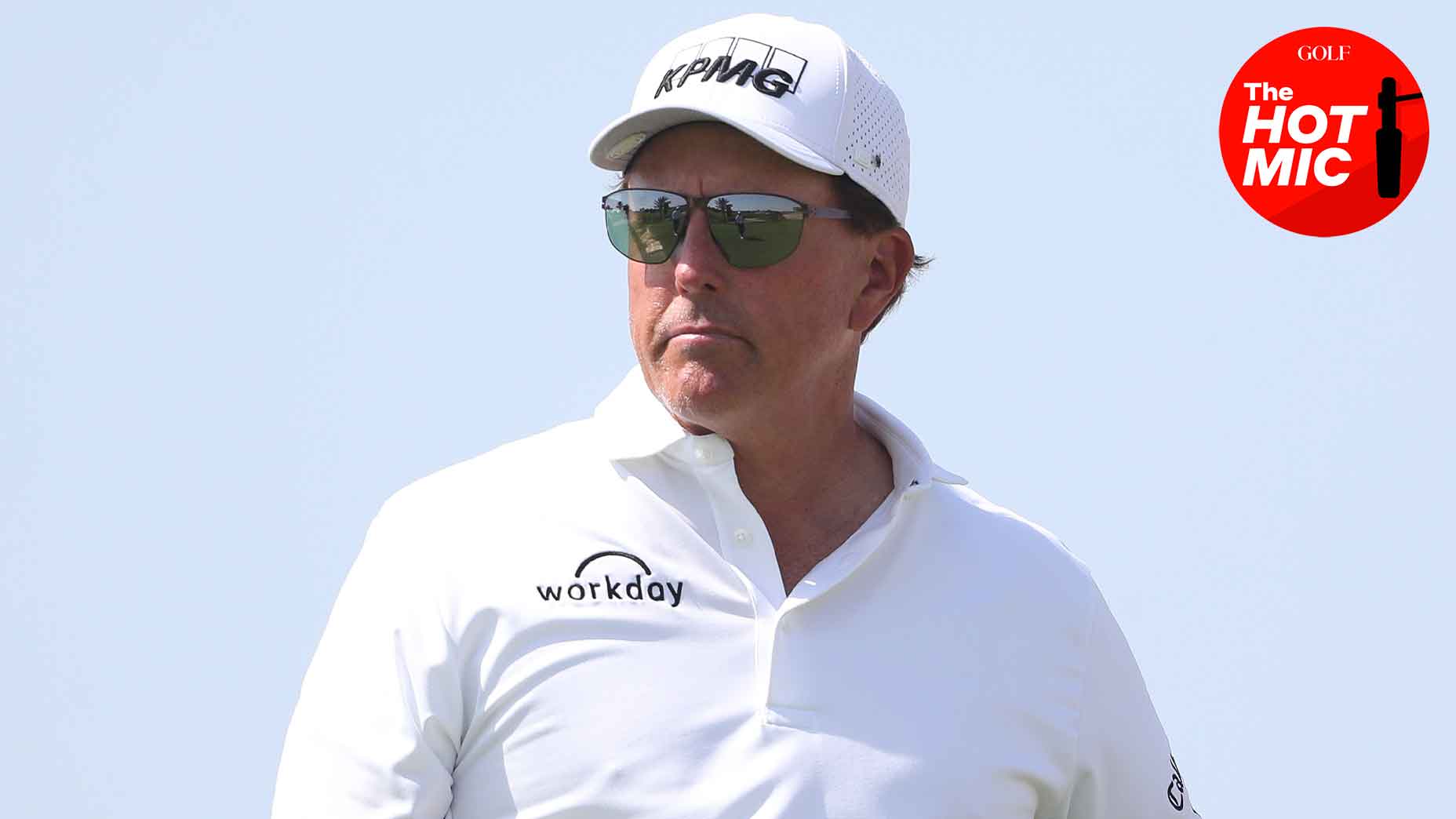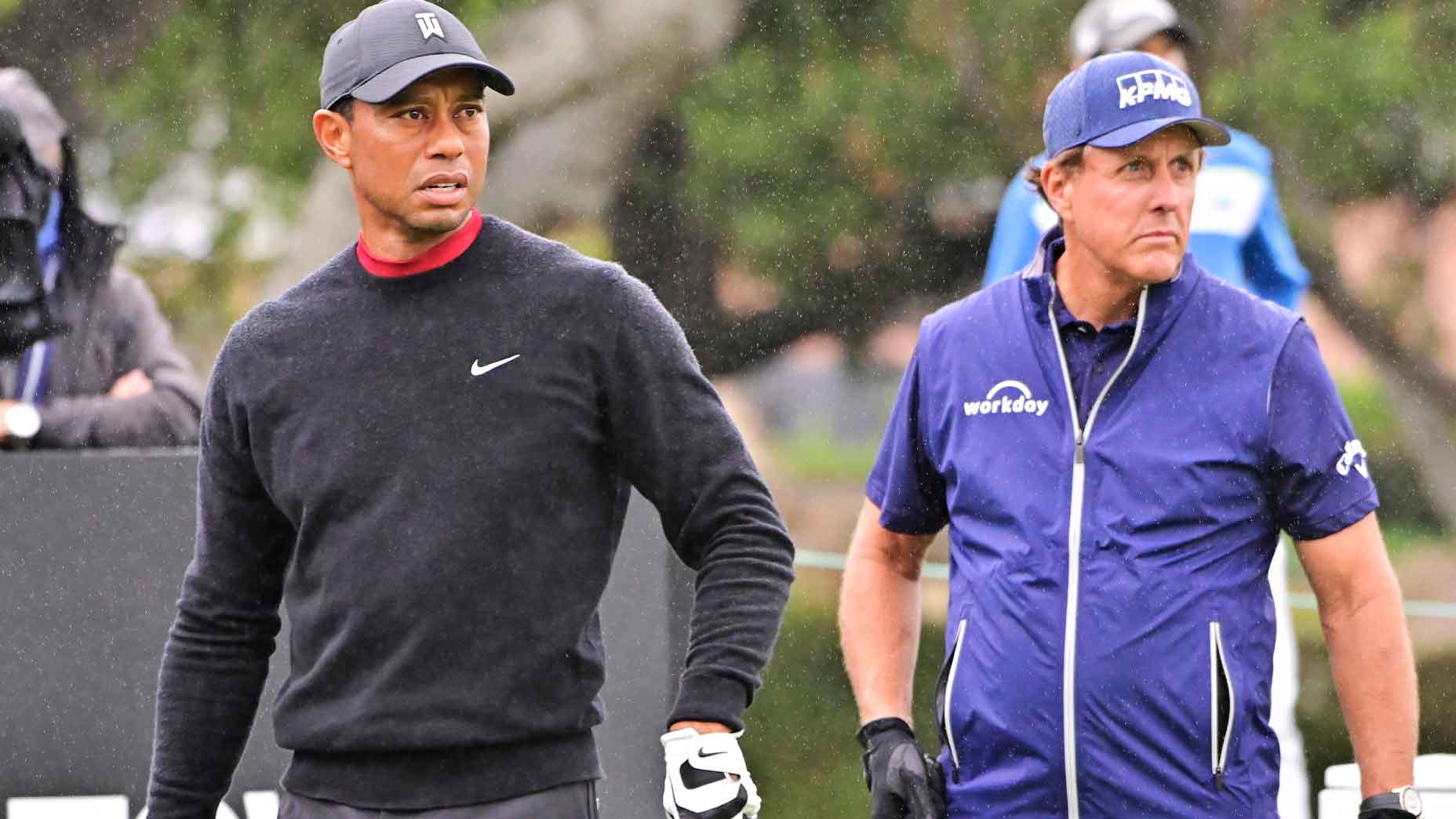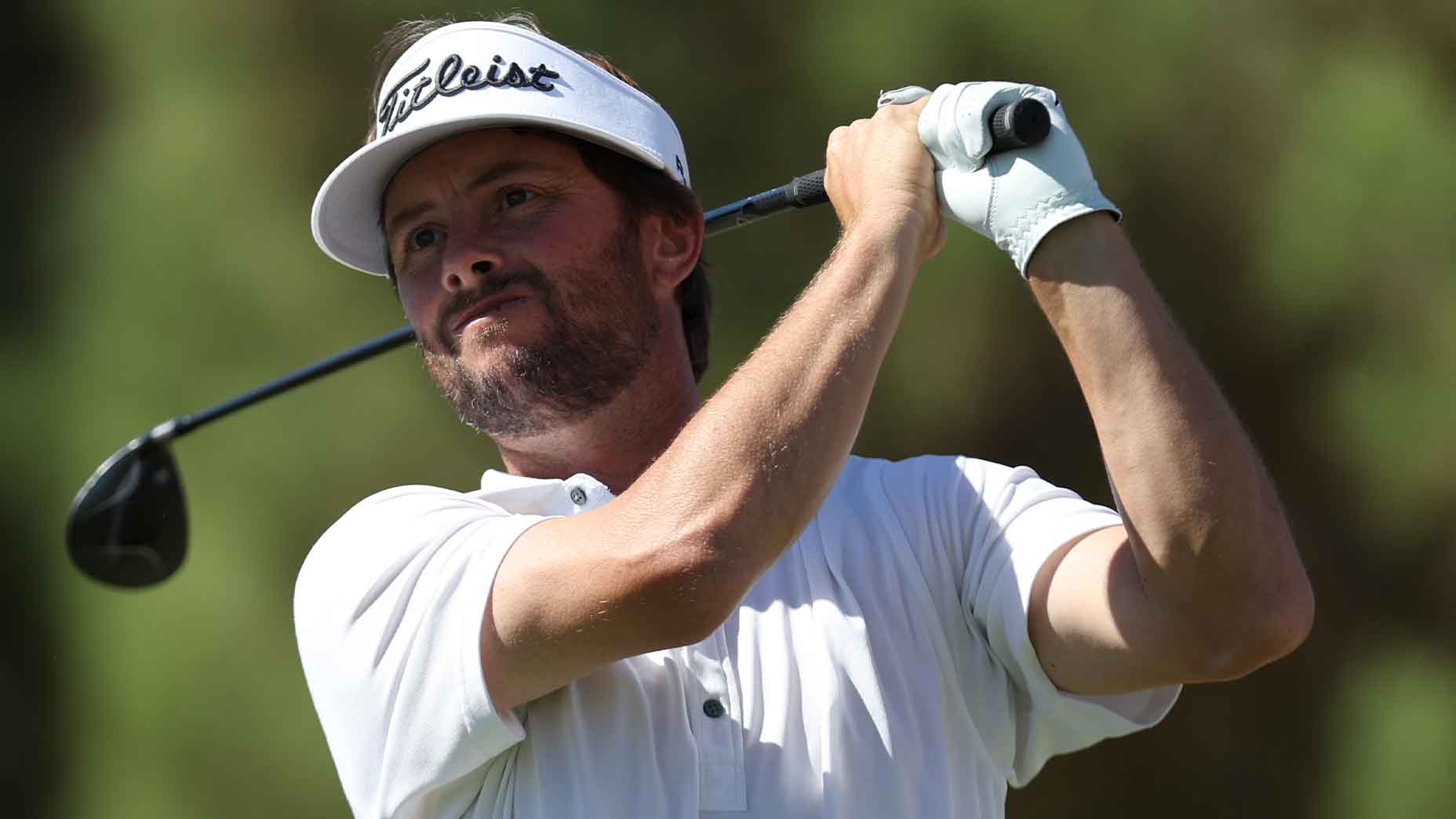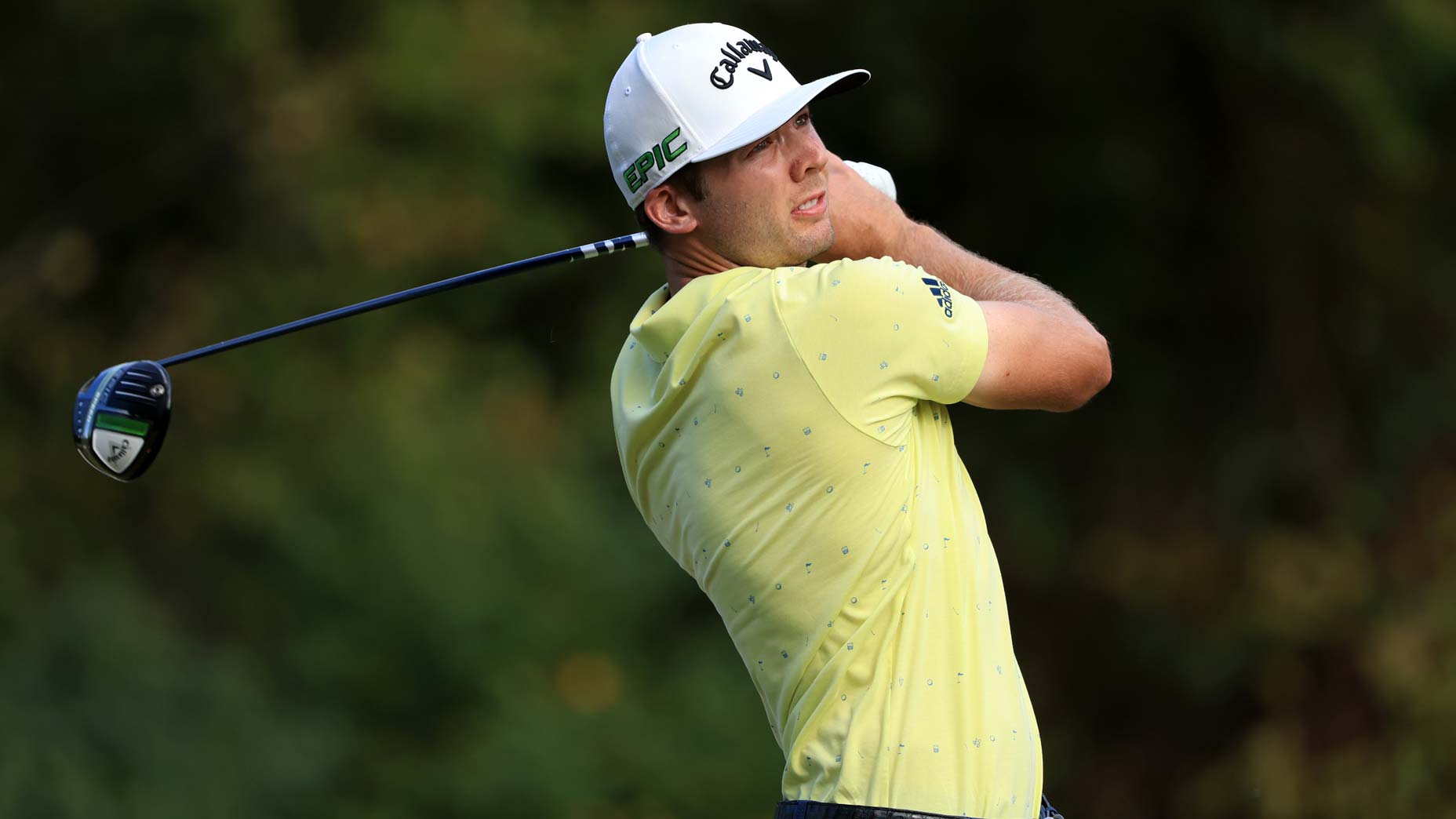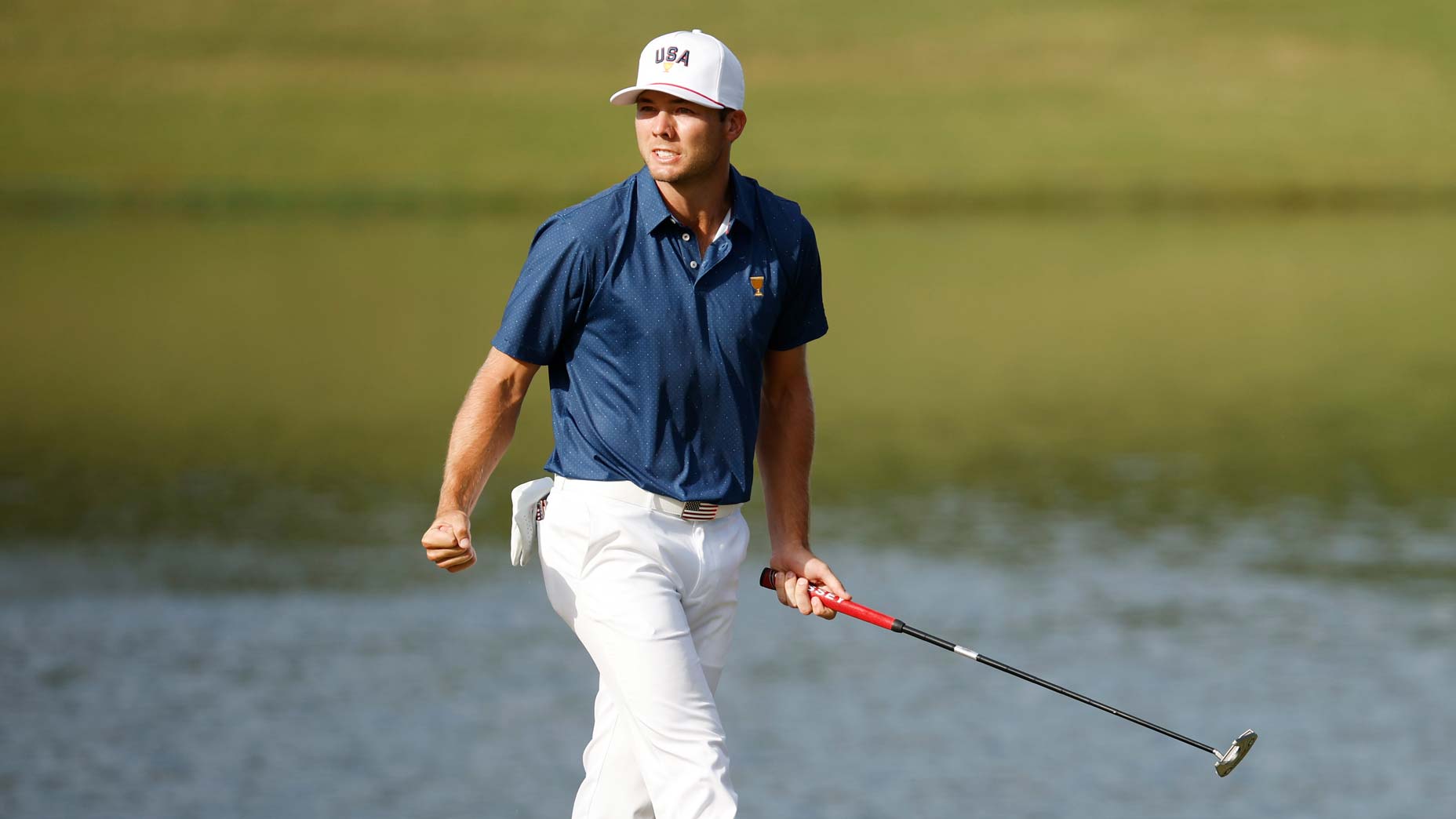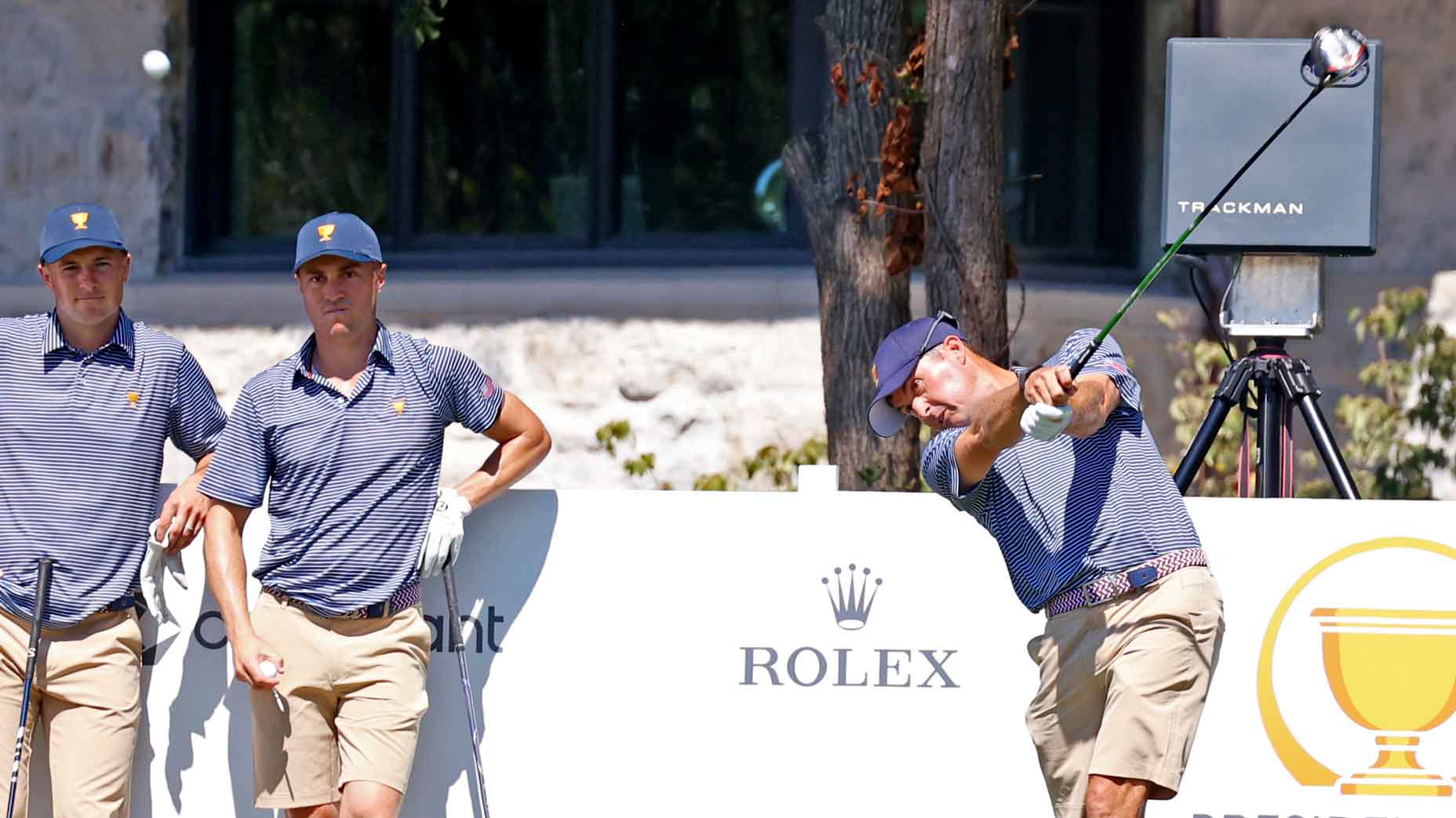What are the PGA Tour’s media rights? And how do they work?
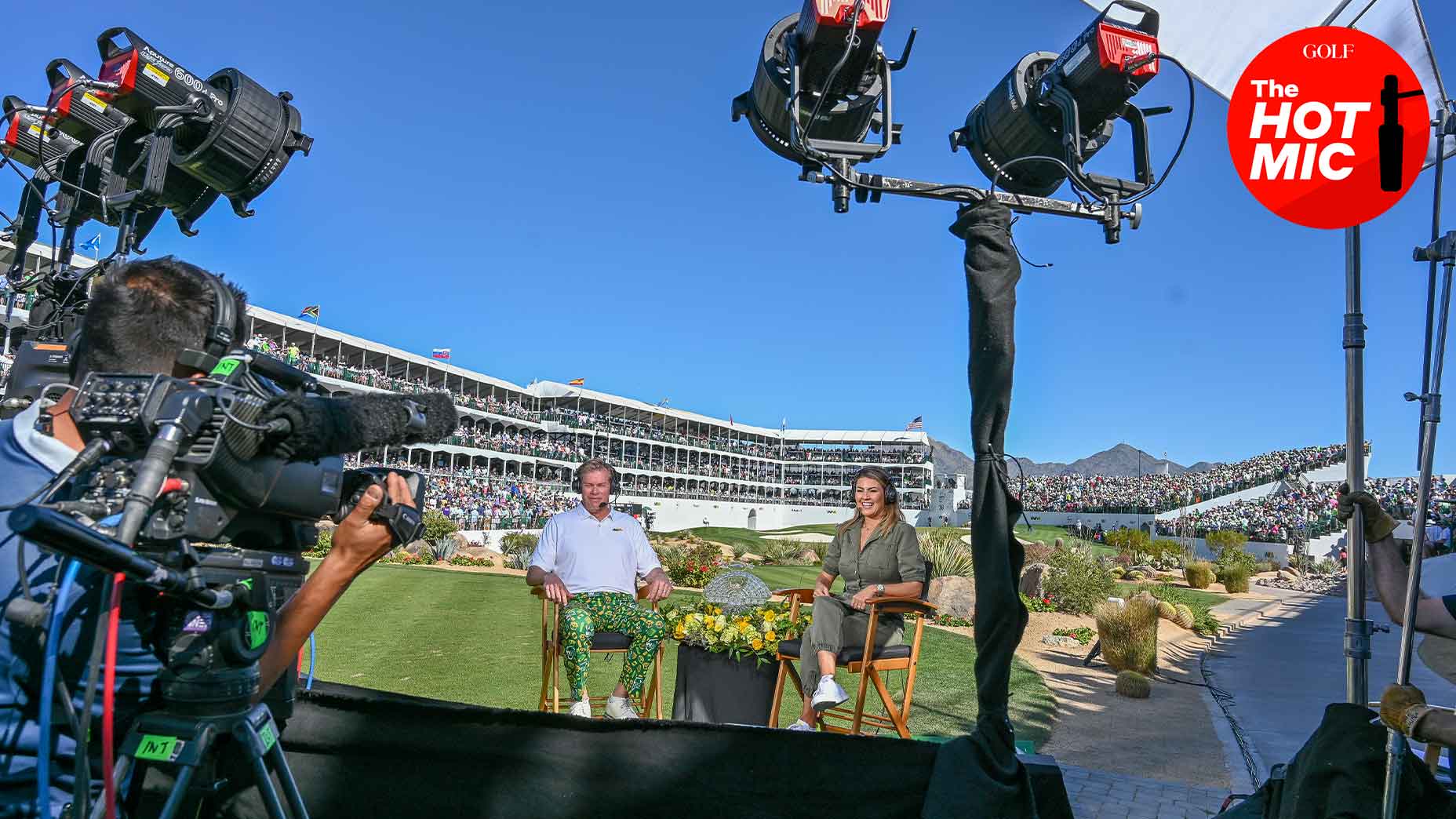
It costs a *very* pretty penny to broadcast the PGA Tour, and for good reason.
Getty Images
You, like many others, have heard the money talking. You’ve seen rising purse prizes and the growing wealth of the Tour’s biggest players, listened to whispers of $1.5 billion in Saudi cash to fund a rival league, even considered the merits of a $50 million popularity contest, and you’ve had but a single question:
Where the hell did all this money come from?
The short answer is television. The longer answer begins back in the 1970s, when the PGA Tour’s second commissioner found himself negotiating expansions to golf’s rights deals from the polar opposite position of “obnoxious greed.”
Legendary Tour head Deane Beman saw the value television rights money provided leagues like the NFL, MLB and NBA in the 70s. Each of the three pro sports leagues was flourishing under the weight of longstanding contracts with its television partners.
In those days, the deals were simple: broadcasters (television networks) paid rights holders (pro sports leagues) for the exclusive “right” to show a sport on television. If the games drew big ratings, the television networks made more money, which drove up the cost of the league’s rights fees. So long as people watched, rights deals created a snowball effect, increasing values for both league and broadcaster ad infinitum.
“Media rights are important in two fundamental ways,” says Ed Desser, a sports media consultant and rights expert. “First and foremost, it’s the way the vast majority of consumers actually experience the sport. So, that’s at the top of the pyramid. Secondarily, it’s one of the largest revenue streams that any sport generates.”
Beman knew if the Tour was to succeed, it desperately needed television rights deals that rivaled those of other pro sports leagues. But there was just one issue: the networks weren’t interested.
Up until that point, Tour broadcasts had been a loss-lender for networks, who were unable to sell the advertising required to make up for the cost of putting the tournament on air. Paying more money to broadcast more golf was, in essence, signing up to generate less money.
But Beman had an idea. What if the Tour leveraged its partners to sell advertising for the broadcast networks?
Beman’s proposition was a win for everybody: sponsors would get “free” TV spots for the cost of sponsoring a tournament, networks would need to sell fewer ads to turn a profit on their broadcasts, and the PGA Tour could charge both parties more money in the process.
Thus, the Tour’s unique, dual-stream television rights structure was born, birthing a business model that has grown to more than half a billion in annual revenue and made the PGA Tour one of the richest professional sports leagues on earth.
Today, the PGA Tour is believed to be only professional sports league that bakes in advertising revenues as part of its media rights deals — a structure Tour officials credited for allowing the Tour to negotiate its most lucrative rights deal ever in 2020, even as network executives braced for the Tour’s future without a full-time Tiger Woods.
In the years since Beman birthed the original rights structure, the Tour’s media rights have grown increasingly complicated. The proliferation of the Internet has led leagues to fracture their rights across a variety of different mediums, which have drastically increased the earnings potential of rights deals. Previously, where a pro sports league could only generate media money from their television partner, leagues now can ink lucrative deals with a handful of different providers.
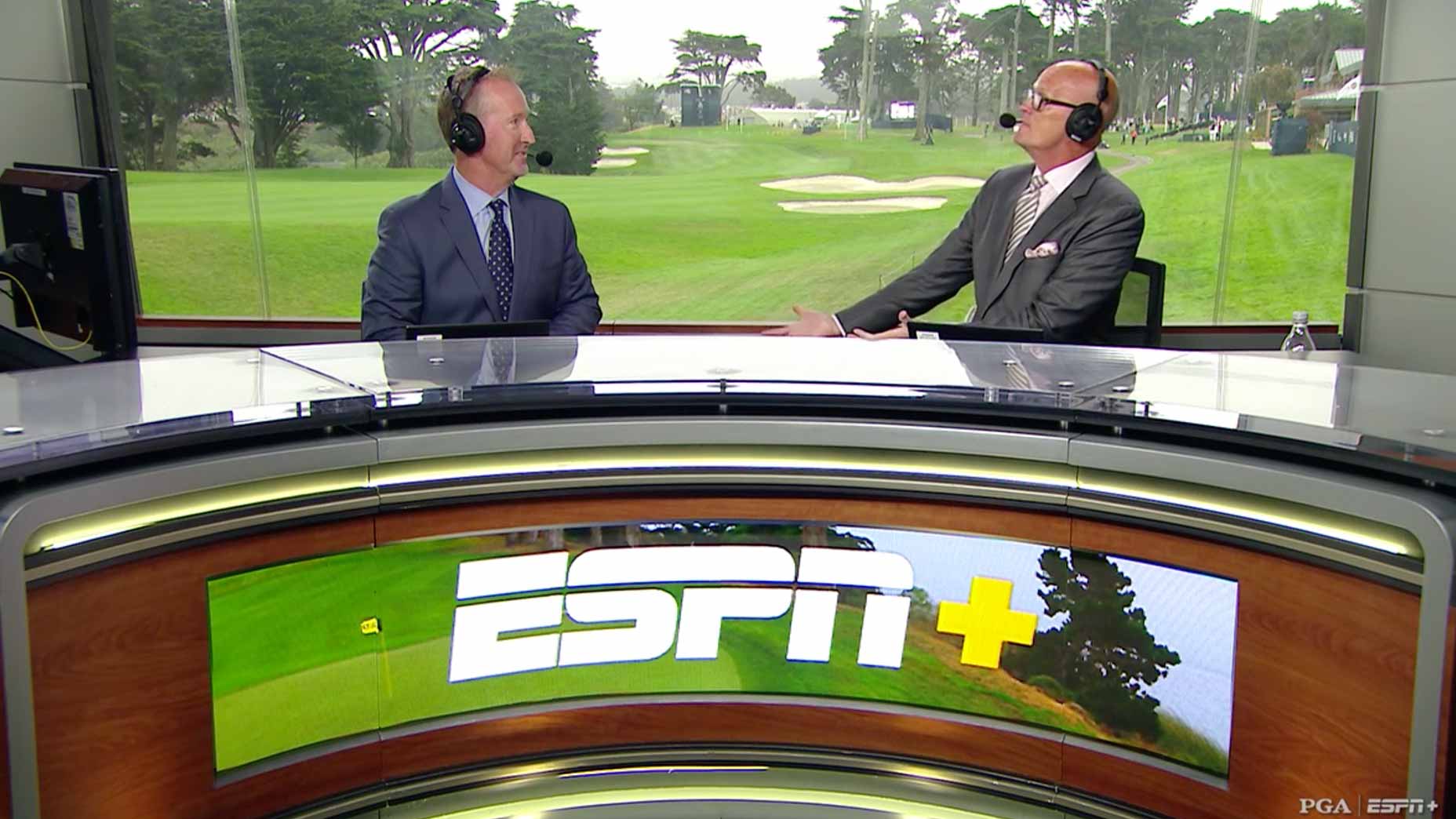
Today, the Tour generates money from domestic and international television deals (NBC/CBS and Sky Sports, respectively), domestic and international streaming deals (ESPN+ and Discovery). The Tour also owns the rights to all its digital and archival footage, which generate licensing fees and other small pieces of revenue. Those agreements generate close to half of the Tour’s annual revenue, per documents reviewed by GOLF.com.
Central to the value of every media rights deal the Tour signs is its standing as the sole ‘owner’ of the content created. This is why the PGA Tour requires players sign away their media rights at the beginning of every season and why the Tour is so stingy about creators posting non-sanctioned videos on social media and elsewhere.
But while the Tour’s approach has helped to transform it from a struggling player-run operation into one of the biggest sports entities in the world, its media rights rules haven’t avoided criticism from its own constituents. Critics say the Tour would be better off with a friendlier approach, leaving the heavy-handed policing of social media networks for egregious violations, as many other sports leagues have done. They also argue, as Phil Mickelson did, that the Tour serves little to gain from maintaining rights over archival media rather than returning those rights to the players.
But the Tour says exclusivity plays a critical role in the value of its rights deals (though it remains to be seen how viral moments shared from one’s Twitter account meaningfully affect the bottom line of a broadcaster, or the Tour). Tour brass also argue that it’s easier, cheaper, and more uniform to keep archival footage under one roof, and that through the Tour’s revenue-sharing model, players indirectly benefit from their own rights sales.
For some golfers, that simply isn’t good enough. Mickelson referenced the Tour’s archival footage rules in reference to NFTs, which he says could be worth untold billions to players. Tiger Woods was among those who shared some of Phil’s concern in his press conference at Riviera last week.
“Media rights is a big thing,” he said. “A lot of us are concerned about what is the direction where we’re going and how can we have more control over that. There’s been a lot of talk from whether it’s the PAC or the board or from players internally. Everyone has their opinion about it, but we need to come to a collective decision.”
Ultimately, the Tour told GOLF two weeks ago, the value of its archival footage doesn’t approach anywhere near Phil’s multi-billion-dollar valuation.
But golf is far from the only example of the system working against star players. In fact, Desser ways, the system working against stars is a sign it works.
“If you’re a superstar you’re probably having to compromise more on what might be possible,” Desser said. “Could Michael Jordan have been able to do better by himself? The fact that it’s a league and the fact that there’s a player’s union and the fact that it’s all the other things that it is, [the system] may not have been optimized for Michael, but it’s more or less optimized for 400 some-odd NBA players.”
This is the modern golf media landscape: a system built to maximize revenues, but perhaps not solely for the golfers who collect millions from it. It’s a system that could be subject to change — particularly as the world’s best consider a well-funded rival — but don’t get your hopes up. So long as the PGA Tour’s money still talks, somebody is going to be there to listen.

